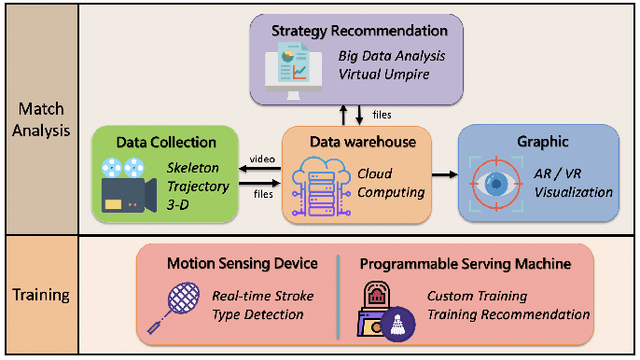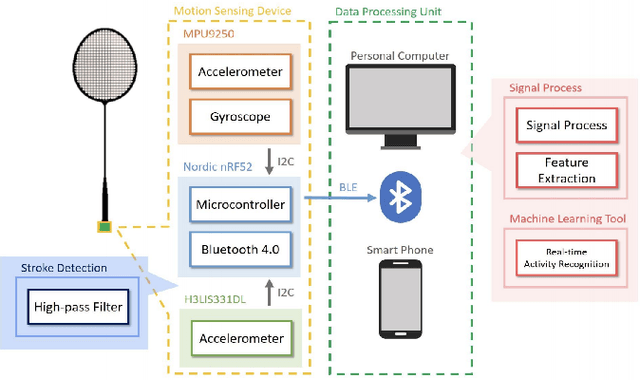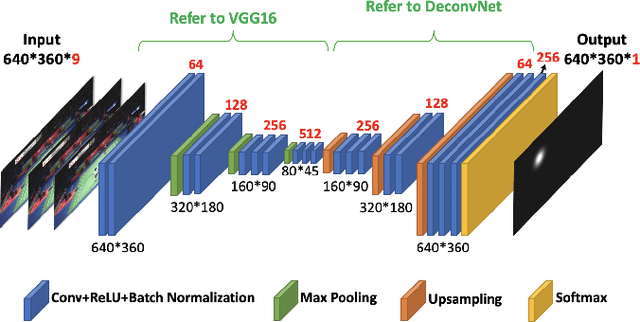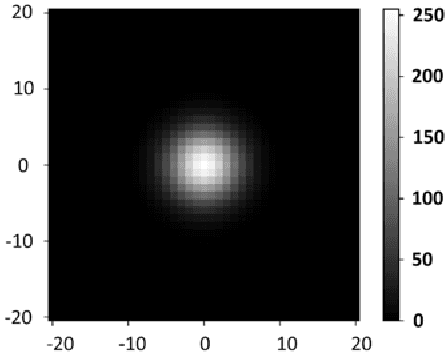Yu-Shuen Wang
Facilitate the Parametric Dimension Reduction by Gradient Clipping
Sep 30, 2020



Abstract:We extend a well-known dimension reduction method, t-distributed stochastic neighbor embedding (t-SNE), from non-parametric to parametric by training neural networks. The main advantage of a parametric technique is the generalization of handling new data, which is particularly beneficial for streaming data exploration. However, training a neural network to optimize the t-SNE objective function frequently fails. Previous methods overcome this problem by pre-training and then fine-tuning the network. We found that the training failure comes from the gradient exploding problem, which occurs when data points distant in high-dimensional space are projected to nearby embedding positions. Accordingly, we applied the gradient clipping method to solve the problem. Since the networks are trained by directly optimizing the t-SNE objective function, our method achieves an embedding quality that is compatible with the non-parametric t-SNE while enjoying the ability of generalization. Due to mini-batch network training, our parametric dimension reduction method is highly efficient. We further extended other non-parametric state-of-the-art approaches, such as LargeVis and UMAP, to the parametric versions. Experiment results demonstrate the feasibility of our method. Considering its practicability, we will soon release the codes for public use.
BasketballGAN: Generating Basketball Play Simulation Through Sketching
Oct 08, 2019



Abstract:We present a data-driven basketball set play simulation. Given an offensive set play sketch, our method simulates potential scenarios that may occur in the game. The simulation provides coaches and players with insights on how a given set play can be executed. To achieve the goal, we train a conditional adversarial network on NBA movement data to imitate the behaviors of how players move around the court through two major components: a generator that learns to generate natural player movements based on a latent noise and a user sketched set play; and a discriminator that is used to evaluate the realism of the basketball play. To improve the quality of simulation, we minimize 1.) a dribbler loss to prevent the ball from drifting away from the dribbler; 2.) a defender loss to prevent the dribbler from not being defended; 3.) a ball passing loss to ensure the straightness of passing trajectories; and 4) an acceleration loss to minimize unnecessary players' movements. To evaluate our system, we objectively compared real and simulated basketball set plays. Besides, a subjective test was conducted to judge whether a set play was real or generated by our network. On average, the mean correct rates to the binary tests were 56.17 \%. Experiment results and the evaluations demonstrated the effectiveness of our system.
Adversarial Colorization Of Icons Based On Structure And Color Conditions
Oct 03, 2019



Abstract:We present a system to help designers create icons that are widely used in banners, signboards, billboards, homepages, and mobile apps. Designers are tasked with drawing contours, whereas our system colorizes contours in different styles. This goal is achieved by training a dual conditional generative adversarial network (GAN) on our collected icon dataset. One condition requires the generated image and the drawn contour to possess a similar contour, while the other anticipates the image and the referenced icon to be similar in color style. Accordingly, the generator takes a contour image and a man-made icon image to colorize the contour, and then the discriminators determine whether the result fulfills the two conditions. The trained network is able to colorize icons demanded by designers and greatly reduces their workload. For the evaluation, we compared our dual conditional GAN to several state-of-the-art techniques. Experiment results demonstrate that our network is over the previous networks. Finally, we will provide the source code, icon dataset, and trained network for public use.
CoachAI: A Project for Microscopic Badminton Match Data Collection and Tactical Analysis
Jul 12, 2019



Abstract:Computer vision based object tracking has been used to annotate and augment sports video. For sports learning and training, video replay is often used in post-match review and training review for tactical analysis and movement analysis. For automatically and systematically competition data collection and tactical analysis, a project called CoachAI has been supported by the Ministry of Science and Technology, Taiwan. The proposed project also includes research of data visualization, connected training auxiliary devices, and data warehouse. Deep learning techniques will be used to develop video-based real-time microscopic competition data collection based on broadcast competition video. Machine learning techniques will be used to develop a tactical analysis. To reveal data in more understandable forms and to help in pre-match training, AR/VR techniques will be used to visualize data, tactics, and so on. In addition, training auxiliary devices including smart badminton rackets and connected serving machines will be developed based on the IoT technology to further utilize competition data and tactical data and boost training efficiency. Especially, the connected serving machines will be developed to perform specified tactics and to interact with players in their training.
 Add to Chrome
Add to Chrome Add to Firefox
Add to Firefox Add to Edge
Add to Edge